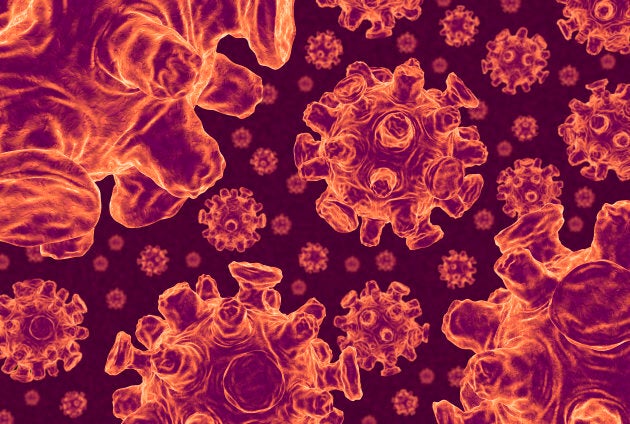At this time of year, the mere mention of the flu in public might be seen as a lapse in good judgement. The virus continues to circulate around the country, and with it days to weeks of fever, aches, coughs and chills for those who become infected. Even worse, for thousands of Canadians each year, the infection can also lead to hospitalizations and quite possibly a life or death situation.
But there may be a silver lining to this virus. Despite its reputation as the cause of a nasty infection, influenza virus may have the ability to help us fight another serious problem threatening millions of Canadians each year. We may be able to use flu to fight cancer.

When the influenza virus was discovered, it was thought only to infect the lungs. However, studies exploring the effect of the virus in the body revealed the infection can spread to other organs such as the spleen, liver, kidney and brain. In the 1950s, researchers also found the virus could infect tumours grown in the lab environment. When these cells got the flu, many of them died off, suggesting a possible role for the virus in fighting cancer.
However, the idea never took off due to another, more troubling problem. The virus makes a molecule known as the non-structural protein, or NS1. Its primary job is to ensure proper viral function when inside a cell. But this viral product can also suppress the immune response. When an infection occurs, NS1 gives the virus an added edge during battle and can help to keep the invasion going.
The NS1 issue lasted for nearly half a century before another group of researchers made a significant discovery. Even without the NS1 protein, flu could still live and multiply. This re-opened the door to cancer treatment.
American researchers seem to have given us the next step in this journey towards a cancer-fighting flu.
New experiments using viruses lacking NS1 proceeded in the hopes of proving this virus could still kill tumour cells. Over the coming decade, several attempts were tried. Eventually, in 2009, the desired effect was seen, although the effect was not as strong as anticipated. Still, the results allowed researchers to continue their search for the best cancer-killing flu virus.
This past week, a group of American researchers seem to have given us the next step in this journey towards a cancer-fighting flu. They have identified a way to give the virus some extra strength in the battle and improve its ability to slow tumour progression. Although the study was conducted in mice, the results suggest one day we may be able to turn to this virus when dealing with cancer.
The focus of this study was a new kind of flu virus developed by the team. This one was genetically engineered to produce an antibody, one of the weapons in the immune system's arsenal. This specific molecule was known to prevent one of the hallmarks of cancer, immune suppression, and was thought to be a promising treatment in certain cancers. The hope was that adding this component to influenza could improve the immune response and improve the destruction of tumour cells.

Because this approach was unconventional, the team relied on a natural influenzavirus rather than one without the NS1 protein. If they could at least demonstrate this strategy worked, they could deal with the NS1 problem later. They went about trying to produce the antibody in the virus and then test its ability to kill cancer cells in the laboratory.
The results were a complete success. The virus produced the antibody and the molecule appeared to work just as expected. When the experiments were performed on melanoma cancer cells, they died.
But there was a rather interesting surprise in store. Even though the virus still expressed the NS1 protein, the virus itself did not multiply in the tumour. This meant the team seemingly had avoided the hurdle of the past and could move on to a more meaningful type of experiment. They could try their new virus in a mouse.
More blogs from Jason Tetro:
When the group performed the experiment in mice suffering from melanoma, the results were promising. The tumours slowed in growth and the mice tended to have a better quality of life, and also lived longer. Although the experiments only lasted two weeks, there was a 75 per cent increase in survival.
While the results of this study are encouraging, the concept of a flu-based cancer fighting treatment still needs quite a bit of refinement. The issue of NS1 needs to be examined more closely, as does the potential uses for treatment. Also, since the virus did not cure the animals, this approach may be limited to combination therapy with other known treatments such as chemotherapy or radiation.
The impact of study goes beyond using flu to fight cancer. The results offer some perspective on the use of microbes for beneficial use. Thanks to genetic engineering, we can harness the natural ability of a virus or bacterium to infect us and use it for good by taking out the factors that cause disease and replace them with other molecules known to benefit us. As this direction continues, we may see a future in which these once feared pathogens become part of our treatment options for serious chronic diseases such as cancer.
Follow HuffPost Canada Blogs on Facebook
Also on HuffPost: